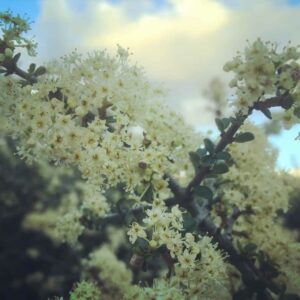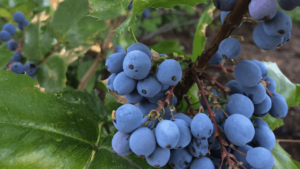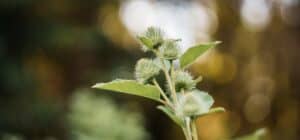One of the biggest turning points in my plant path was the moment I came across the tradition of herbal alchemy, what is referred to as the practice of “spagyrics.”
After spending years studying plant chemistry, human anatomy and physiology, pharmacology, and other “hard sciences,” I always felt like this approach to plant medicine left something missing… something important and vital to having a holistic understanding of people, plants, and Nature as a whole.
For me, the plants weren’t just a bunch of chemicals that “fix what’s broken in our bodies.” I saw them as a living intelligence, a spiritual consciousness, that then acts through their chemicals to heal us in profound ways. Not just taking away a sniffle, cough, or cold, but bringing about a transformational level of healing that touched upon my soul.
I felt totally lost as to how to reconcile these two seemingly diametrically opposing views of plants: the science and the spirit. I was desperately seeking a traditional system of plant medicine that struck a balance between the two, one that could equally honor the physical, energetic and spiritual qualities of people and plants. One that saw the connections between how a plants influence upon the soul is reflected into the body, and how the unique ways plants heal our organs, systems and tissues can lead to knowledge of their more esoteric virtues.
Ironically, it turns out that balance is struck in the traditional root from which modern science has grown: Alchemy.
This is one of those traditions shrouded in mystery. With references to turning lead into gold, crafting the Philosopher’s Stone and the Elixir of Immortality, to images of soot covered mad scientists working billows and stoking fires in a sort of “caveman chemistry.”
What exactly is Alchemy?
Is it a highly sophisticated tradition of medicine, magic and spirituality?
Or is it just humanity’s first bumbling attempts at a real scientific understanding of the world around us?
It’s interesting that when we study the history of Alchemy, some of the world’s most renowned scientists were indeed practitioners of the Art, and their discoveries that revolutionized our understanding of the world were gleaned from their alchemical works.
But the biggest difference between Alchemy and modern science, is that the alchemists saw that Nature and all of life is imbued with consciousness, intelligence, and meaning. That there is indeed a spiritual component to physical reality, to medicine, and healing.
The gradual emergence of the modern scientific model out of Alchemy represented a de-sacralization of the world around us, a stripping of the living spiritual intelligence out of Nature and reducing life to a mechanistic model. We’re all just gears in a linear machine.
Alchemy degraded into chemistry.
Astrology turned into astronomy.
Herbal medicine into pharmaceuticals.
Luckily for us, this tradition has been maintained by a select few over the generations, and Alchemy is seeing a resurgence again. And rather than just being seen as turning lead into gold, it’s being understood and practiced in its truth: as a sophisticated system of medicine and spiritual transformation.
Robert Allen Bartlett is one of those select few carrying on the truth and tradition of Alchemy, a modern master of the art, and I’m honored to have been a student of his for over 10 years. Chemist by day and Alchemist by night, he’s the author of two must-have books on the subject: Real Alchemy and The Way of the Crucible. He’s the founder of the Spagyricus Institute in Washington State, where he hosts workshops and passes down his wealth of knowledge of laboratory Alchemy and Spagyrics.
I was lucky enough to get a chance to interview Robert about some of the basics of what Alchemy is, it’s philosophy and practice, what Spagyric medicines are, and how they have profound healing affects upon us. This is a special issue of The Plant Path… I hope you enjoy it.
-Sajah







